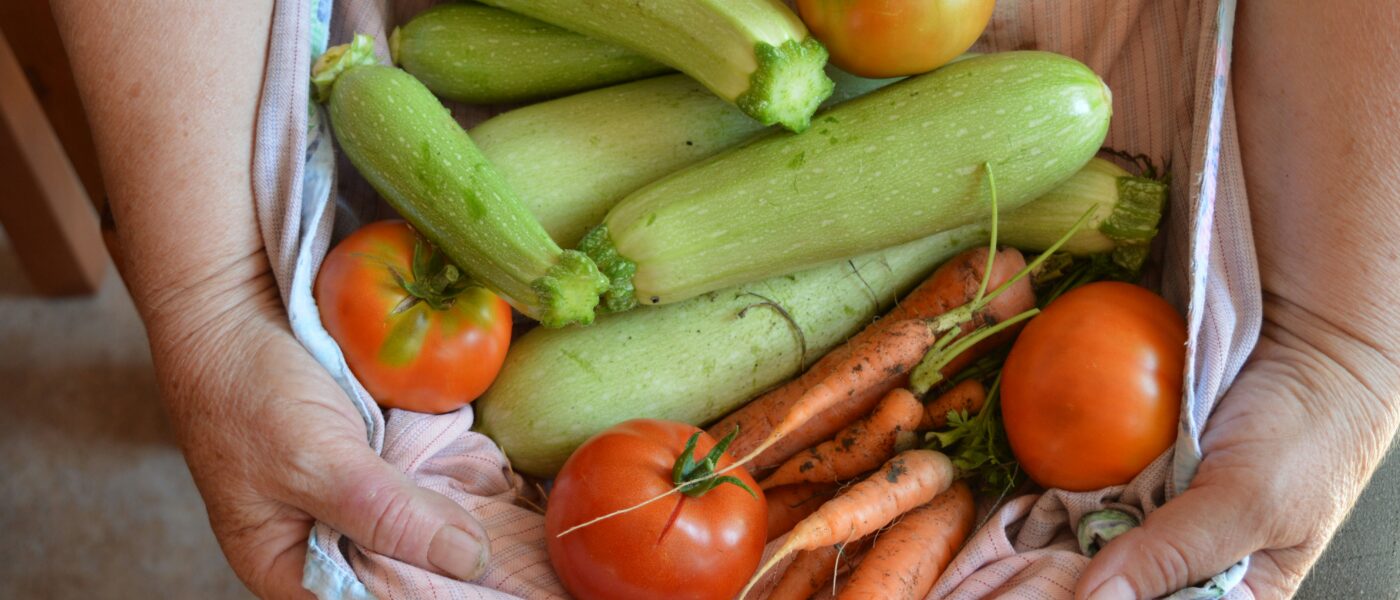On November 1, federal funding for the Supplemental Nutrition Assistance Program (SNAP) ran out because of the government shutdown that began on October 1. In all previous government shutdowns, emergency funding from the US Department of Agriculture (USDA) has kicked in to make sure that the program did not fail to support the people who depend on it. That is, up until now. Since the shutdown began, President Trump and the USDA have stated that they will not fund the program with emergency funds, despite having the ability to do so. In the meantime, many states, non-profit organizations and donors have stepped up to do what they can to cover the gap—but it is immense.
About 42 million people in 22 million households rely on SNAP, or roughly one in eight people in the United States. The benefits average around $187 a month. Contrary to the popular narrative, SNAP recipients come from all demographics, ethnicities and regions of the country; in recent years, the number of recipients in rural areas has surpassed the number in urban areas. Children comprise about 39% of recipients and older adults (60+) make up 19%. The majority of SNAP households include at least one child, elderly person, or person with a disability.
“Farm Aid stands with every family facing empty kitchen cupboards and every child with an empty stomach. We stand with every farmer whose livelihood depends on thriving local economies. We stand with movements demanding food, land, and dignity as human rights—not privileges to be negotiated. This harm needs to stop now!” — Shorlette Ammons, Co-Executive Director
Leading up to November 1, officials from 25 states and the District of Columbia filed lawsuits against the USDA, arguing that the USDA has a legal and moral obligation to keep the program, which was made permanent by Congress in 1960s, funded.
On Friday, the day before the November 1 cutoff date, two federal courts agreed, ruling that the federal government could not withhold emergency funding for the program. One of the judges ordered that the USDA immediately issue payments, but with no clear response or action from the administration, the cutoff date passed and 42 million Americans were plunged into uncertainty about how they would feed themselves and their families.
On Tuesday of this week, President Trump shared on social media that he would defy the court order and that no payments would be issued until the shutdown was resolved. Later that day, the White House clarified that they would “fully comply” with the court order but that only partial benefits would be restored. Now five days into November, there is still no clarity about when SNAP recipients will receive their benefits, and how much of that benefit they will receive. As a result, 42 million Americans are worrying about how to put food on the table for their families. In response, Farm Aid issued the following statement:
The decision by the Trump administration to freeze Supplemental Nutrition Assistance Program (SNAP) funding until the government reopens is without precedent. Never has a president withheld essential food assistance during a shutdown, cutting off critical support that ensures children and families don’t go hungry. When that lifeline is cut, the harm doesn’t stop at the kitchen door — it ripples through farms, markets and main streets across rural America.
SNAP is not only a nutrition program; it’s the heartbeat of local economies. According to the U.S. Department of Agriculture, every dollar in SNAP spending generates about $1.50 in total economic activity. In small towns and farming counties, SNAP benefits circulate through the system, keeping grocery lights on, shelves stocked and family farms afloat. Picture a rural county of 50,000 people where 15% of households rely on SNAP and each receive roughly $330 a month. If the program shuts down for two months, that county will lose nearly $5 million in nutrition for families and roughly $7.5 million in total economic activity. That’s fewer customers at local groceries, empty stalls at farmers markets and another layer of uncertainty for farmers already weathering low prices, rising costs and the loss of USDA programs that once supported local food systems.
The freeze will hit hardest in places already struggling with food access, where one neighborhood grocery or farmers market may be the only opportunity for fresh food for miles. SNAP dollars are often what keep those stores open and those markets alive. When that flow stops, so does the access — not just to food, but to dignity and opportunity. Family farmers, too, will feel the pinch immediately. SNAP spending translates directly into farm income through farmers markets that accept SNAP and food hubs and local grocers that buy regional produce. The loss of SNAP income adds to the challenges farmers have already been facing from the fallout of the USDA’s cuts to programs that promote local and regional food systems.
SNAP is not charity; it is infrastructure. When that bridge is pulled up, the entire system weakens. Farm Aid calls on Congress and the administration to immediately restore SNAP funding and guarantee uninterrupted benefits in any future shutdown. We also urge state governments — many of which are already stepping up — to fill the gap with emergency support for food banks, farmers markets and families who can’t wait for politics to play out.
America’s food system is a chain — from seed to table — and when one link breaks, every link feels the strain.


